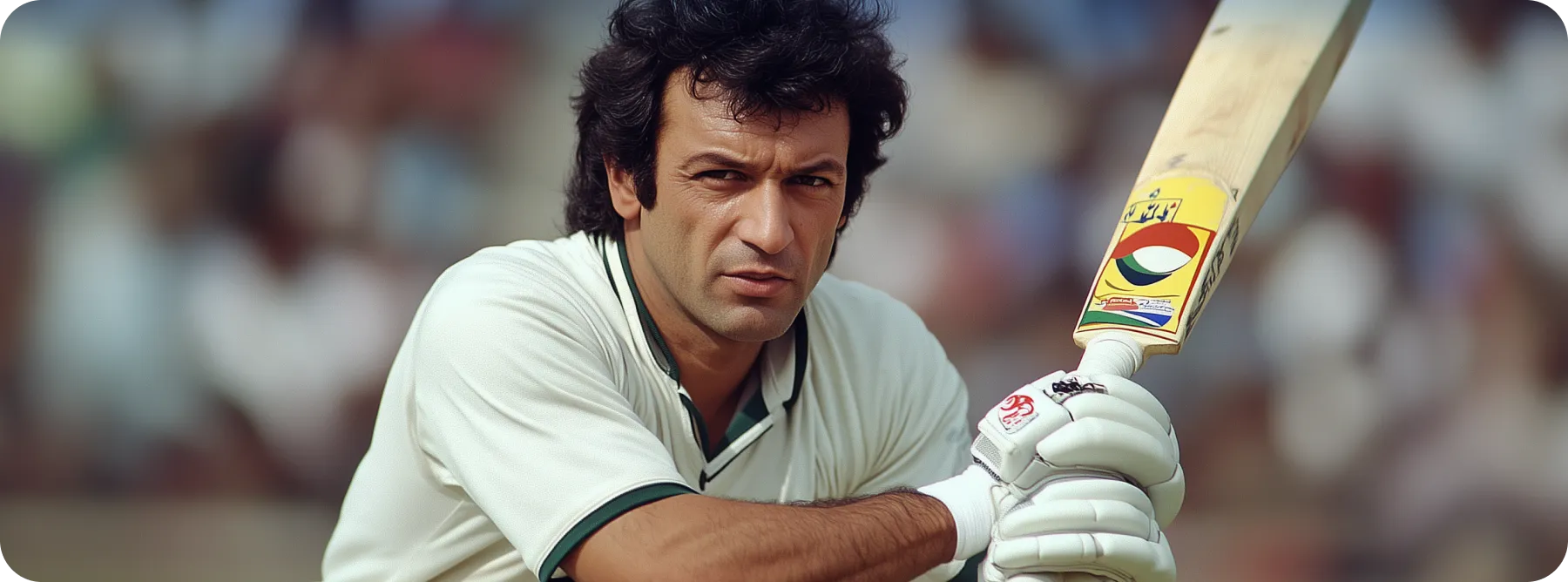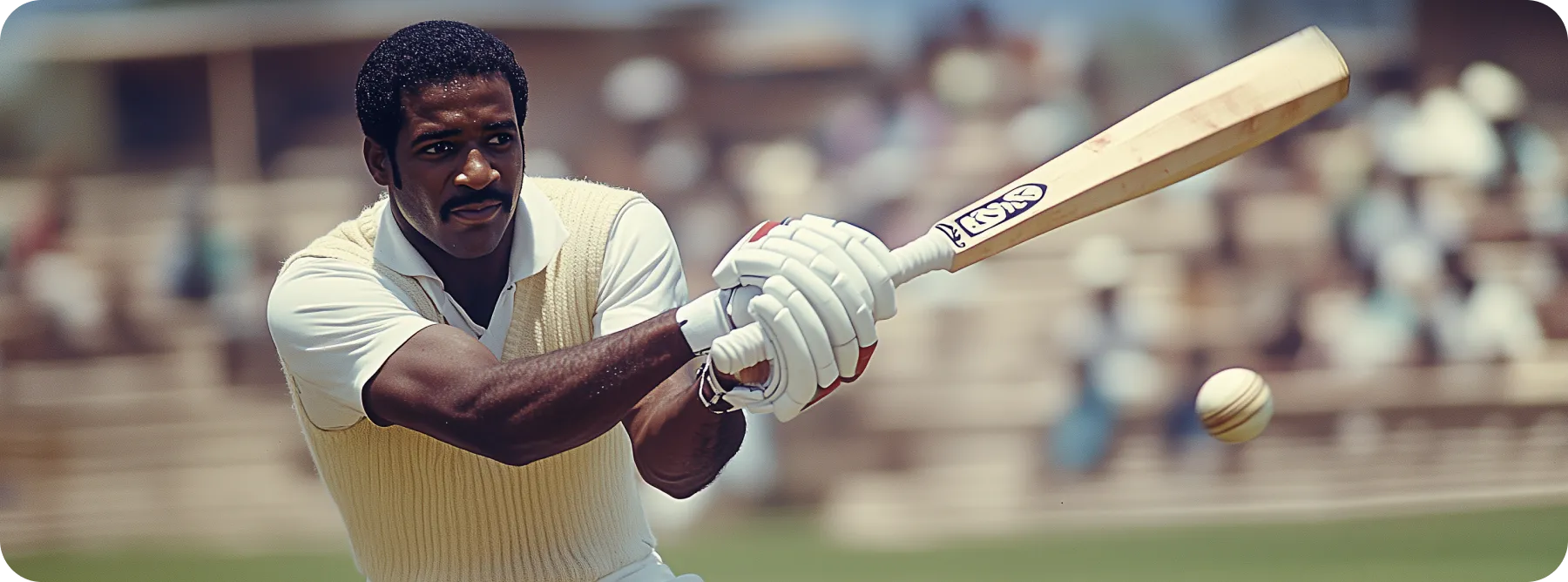Criteria For Determining The Best All-Rounder
Before we dive into the list of all-rounders, it’s essential to establish the criteria that will help us determine who the best all-rounder in cricket history is. While numbers tell part of the story, the accurate measure of an all-rounder is much more than that. Here are the key factors we will consider:
1. Batting Proficiency
A truly great all-rounder must demonstrate exceptional batting skills that extend beyond mere statistics. They should possess the technical prowess to face various bowling attacks while maintaining the mental fortitude to perform under pressure, particularly in match-defining moments.
Key Factors:
- Consistent average above 35 in Test cricket
- Ability to adapt batting style to match situations
- Capability to score runs against quality bowling attacks
- Performance under pressure situations
2. Bowling Capabilities
The bowling aspect of an all-rounder’s game requires a perfect balance of attacking prowess and defensive reliability. Their ability to take wickets consistently while maintaining an acceptable economy rate showcases their bowling mastery across different formats and conditions.
Key factors:
- Bowling average below 35 in Test cricket
- Wicket-taking ability in crucial situations
- Versatility in bowling styles or variations
- Economy rate appropriate to the format
3. Match Impact Metrics
The true measure of an all-rounder lies in their ability to influence match outcomes decisively. These impact metrics help quantify a player’s contribution to their team’s success, particularly in crucial matches and tournaments where the pressure is at its peak.
Key factors:
- Number of match-winning performances
- Contributions in high-pressure tournaments
- Performance in knockout stages
- Ability to influence game outcomes
4. Consistency and Longevity
The mark of a great all-rounder is their ability to maintain high-performance levels throughout their career. This consistency, coupled with the capacity to adapt to evolving cricket dynamics, sets exceptional all-rounders apart from good ones.
Key factors:
- Sustained performance over multiple seasons
- Adaptation to changing cricket dynamics
- Fitness and availability for selection
- Career span and number of matches played
5. Versatility Across Conditions
In international cricket, the ability to perform across different conditions is paramount. The world best all rounder in cricket history must demonstrate adaptability to various playing conditions, from bouncy Australian pitches to spinning tracks in the subcontinent.
Key factors:
- Performance in home conditions
- Success in away matches
- Adaptability to different pitch types
- Effectiveness in varying weather conditions
World’s Best All Rounder In Cricket–2024
Now that we have discussed the key criteria that define an all-rounder, let’s look into some of the top cricketers who can be considered for this coveted position.







